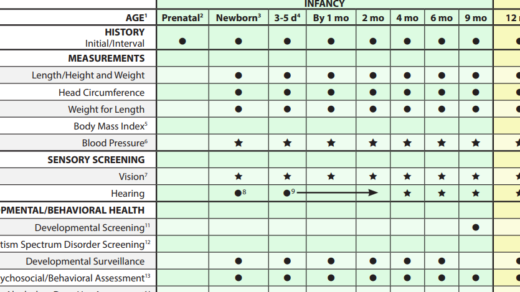Skin is the largest organ. Our integumentary system is richly supplied by blood vessels and cells, which play an active and very important role in immunity. Skin is not just a visible organ with only cosmetic purposes; it breathes, functions, and sometimes gets diseased.
How does skin respond in the situation of a foreign attack?
Some skin diseases are benign. We suffer from several acute skin conditions but recover mainly because of the skin’s strong and natural defenses. Our skin reacts to various substances, foods, and environments, proving it possesses the ability to fight against unfavorable conditions. We see signs of inflammation on the skin sometimes due to underlying pathology. So, it also serves as a natural signaling device for some underlying problem, and the patient itself identifies that something is wrong and now is the time to see the dermatologist.

Layers of skin
Human skin or integumentary system is typically divided into two layers.
- Epidermis
- Basement membrane
- Dermis
The epidermis is the outermost layer of the skin, which we mostly see with the naked eye. The epidermis is meant for first-line defense and preserving the water inside the body. It is further subdivided into five layers. Each layer consists of a different structure, cells, and functions to perform. Most epidermis comprises keratinocytes, Merkel cells, melanocytes, and others.
The basement membrane is the separating layer between the dermis and epidermis.
The dermis is the innermost layer of the skin, mainly composed of connective tissue. It is thicker than the epidermis and contains the material responsible for cushioning against stress and trauma.
What is melanoma?
Melanoma is the cancer of melanocytes present in the epidermis of the skin. It is one of the most common cancers of the skin and is responsible for excessive deformity and morbidity. It mostly appears in moles and needs close observation if moles show abnormal characteristics.
Common distinguishing and diagnosing clinical features of melanoma include:
- Itchy ulcerative mole
- The margins of the lesions are irregular, asymmetric, and serrated.
- Its size constantly increases and is usually found on the back, head, and neck.
- The lesion is always raised from the rest of the skin and has a substantial consistency to the touch.
Mole melanoma tracker
Malignant melanomas are severe and damaging skin cancers that easily grow to metastasize into nearby bones. Timely diagnosis and treatment of this cancer are necessary to prevent complications and disabling consequences later on. The first and foremost step in this regard is the timely identification of whether the mole is benign or if some consideration is required.
The mole melanoma tracker is an invaluable guide to self-identifying the lesion. This helps in the timely diagnosis and treatment of this cancer. The tracker mentions some distinguishing features of mole melanoma, as described above, which is easily understood, and one can easily find out what is wrong with their mole.
- Diabetes Travel Letter
- Persmission Letter for Eatables in Office due to Diabetes
- Diabetes Letter to Employer
- Trackers for Medical Facilities
- Nursing Documentation Templates
- Letters for being Unfit to Travel
- Mental Health Evaluation Forms
- Forms Used by Pediatricians
- Various Forms Related to Pregnancy Verification
- Common Forms Used by ENT Specialists
- Patient Registration Confirmation Messages
- Quotation Letter for Medical Services
- Mental Health Letter by Doctor
- Excuse Letter for Absence due to Medical Checkup
- Response Letter to Feedback on Improvement in Hospital



